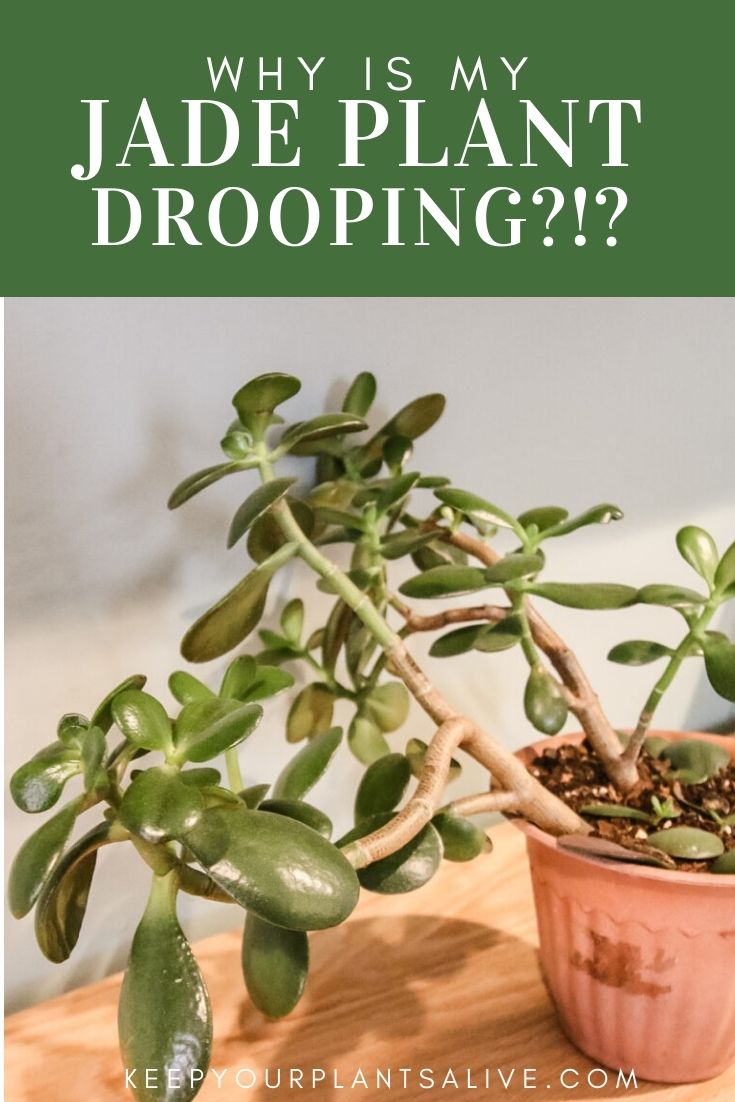Are you a Jade Plant owner? Learn these key things to know about Jade plant for a thriving, healthy succulent!
If you're intrigued by these lush, sturdy succulents known as Jade plants or Crassula ovata, you're in for a treat.
Not only do these plants rock a gorgeous green look, but they're also symbols of good luck and prosperity. Perfect for both green thumbs and those not so plant-savvy, jade plants demand minimal fuss for maximum flourish.
Ready to ensure your jade buddy prospers for years to come? Here are 9 things to know about jade plant.

9 Things to Know about Jade Plant
Mastering jade plant care is all about getting to know its unique needs.
From choosing the right soil to perfecting your watering technique, ensuring the right light, temperature, and nutrients, to mastering pruning and repotting—here’s everything you need to keep your plant in top shape.
1. Understand Your Jade Plant
Originating from the dry regions of South Africa, jade plants are the ultimate survivors. They thrive under minimal water conditions, which makes them stellar indoor companions.
Indoors, they can shoot up to 3 feet tall and flaunt leaves that sometimes sport a charming red tinge under sufficient sunlight.
Key to a thriving jade is tuning into its needs—spot the telltale signs of overwatering like soft, yellow leaves or recognize the desperation of under-watering from wrinkled, dry leaves, and adjust your care to keep things just right.
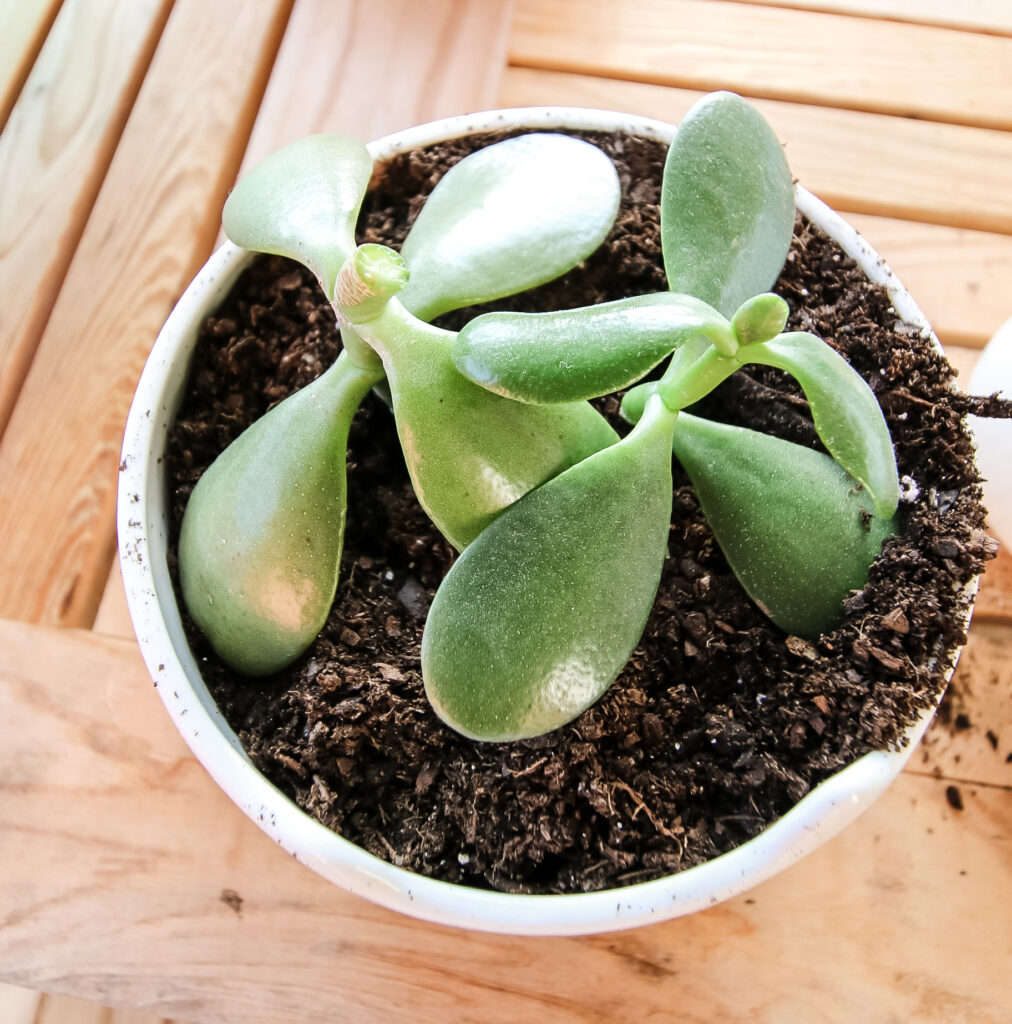
2. Picking the Perfect Soil
The foundation of a healthy jade plant starts with the right soil. Aim for a mix that offers great drainage to keep root rot at bay.
A good thumb rule is mixing standard potting soil with sand or perlite in a 1:1 ratio. A sprinkle of organic matter can also boost nutrient content.
When you’re potting or repotting, be gentle yet firm to avoid large air pockets that dry out the roots, but don’t press down too hard as it might hinder water movement.
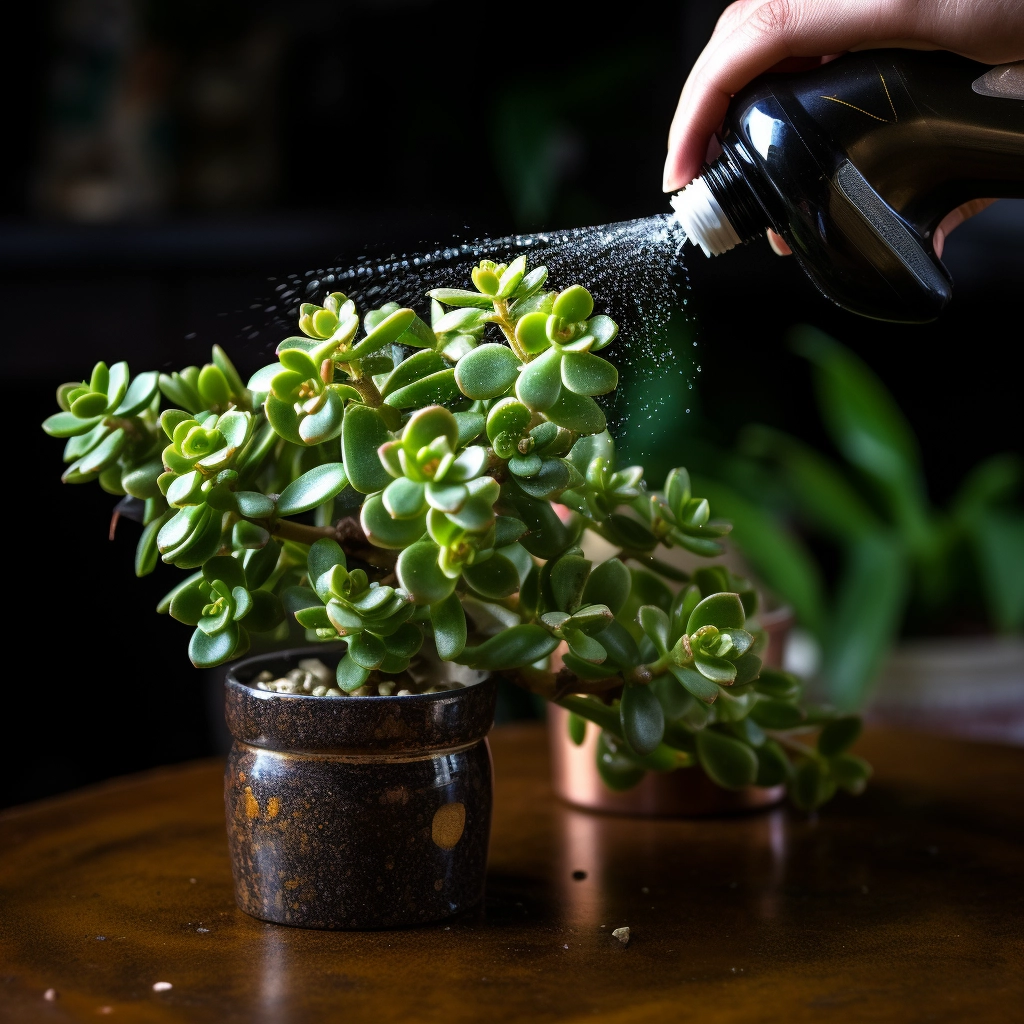
3. Watering Wisely
Here’s where you need to channel your inner desert: water your jade plant deeply but sporadically, letting the soil completely dry out between sessions. This mimics their natural habitat.
Come winter, cut back watering to maybe once a month since your plant will be in rest mode.
And remember, always use lukewarm water to avoid shocking those tender roots, and stick to morning waterings to give it time to dry off during the day.
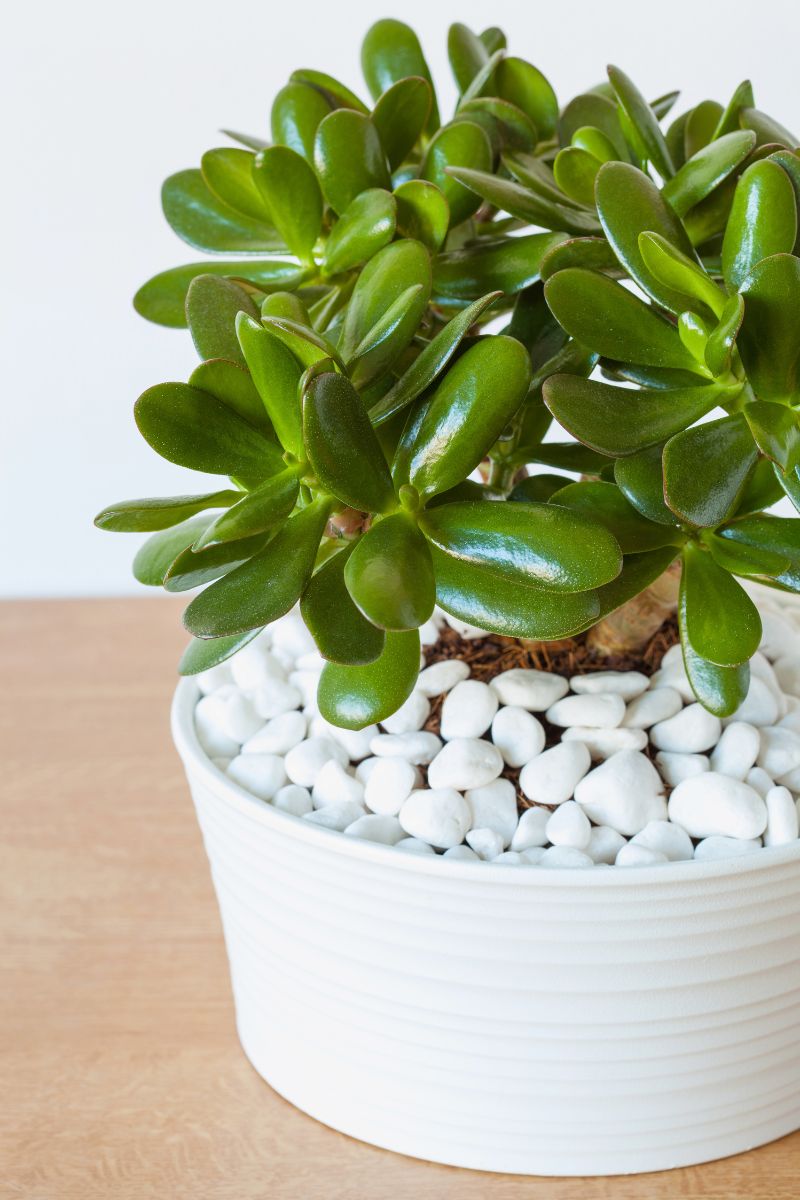
4. Optimal Light Conditions
Jade plants thrive in bright, indirect light but can tolerate direct sunlight in the morning or late afternoon.
A south-facing window is their happy place, soaking up at least four hours of sunlight daily.
Not enough natural light? No worries—a grow light can fill in the gaps.
But be cautious with direct sun in the summer months; those rays can be harsh and may need some shading during peak times to prevent leaf scorch.
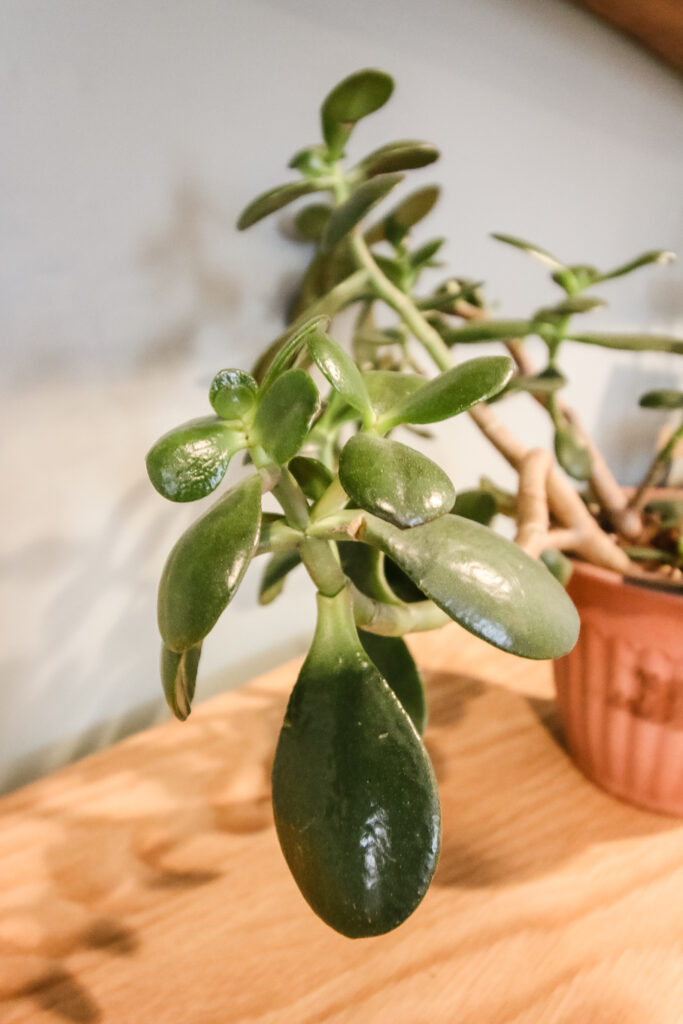
5. Managing Temperature and Humidity
Jade plants prefer the cozy comforts of your home environment, thriving in average room temperatures of 65-75°F (18-24°C) during the day with a slight drop at night.
Remember, these succulents are not fans of the cold; temperatures below 50°F (10°C) could harm them.
They’re also not into high humidity, which luckily makes them perfect for indoor conditions.
If your air feels a bit too dry, a light misting now and then can help, but don’t go overboard; these plants like it on the drier side.

6. How to Feed Your Jade
Less is more when it comes to feeding your jade plant. A balanced, water-soluble fertilizer at half strength every three to four months during the growing seasons (spring to fall) will do.
Hold off on the fertilizer in the winter when your plant takes a little nap.
Overfeeding can make your jade leggy, with weak stems that struggle to store water, so stick to a light touch—it’s all they need.
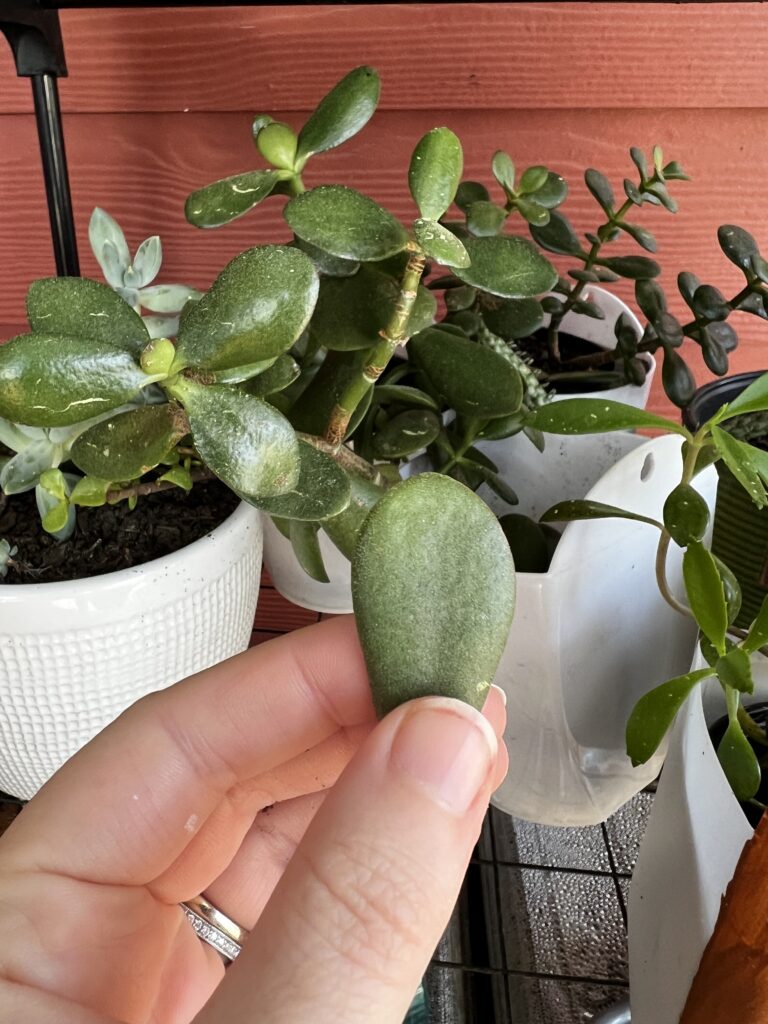
7. Pruning for Perfection
Pruning not only keeps your jade plant looking sharp but also encourages a sturdier, woody stem and a lush, bushy shape.
With some clean, sharp scissors or pruning shears, trim away any leggy growth, dead leaves, or unwanted branches.
If you’re feeling creative, go ahead and shape your jade, making cuts just above a leaf node to promote more branching.
Spring or early summer is your best bet for pruning, aligning with your plant's active growth phase.
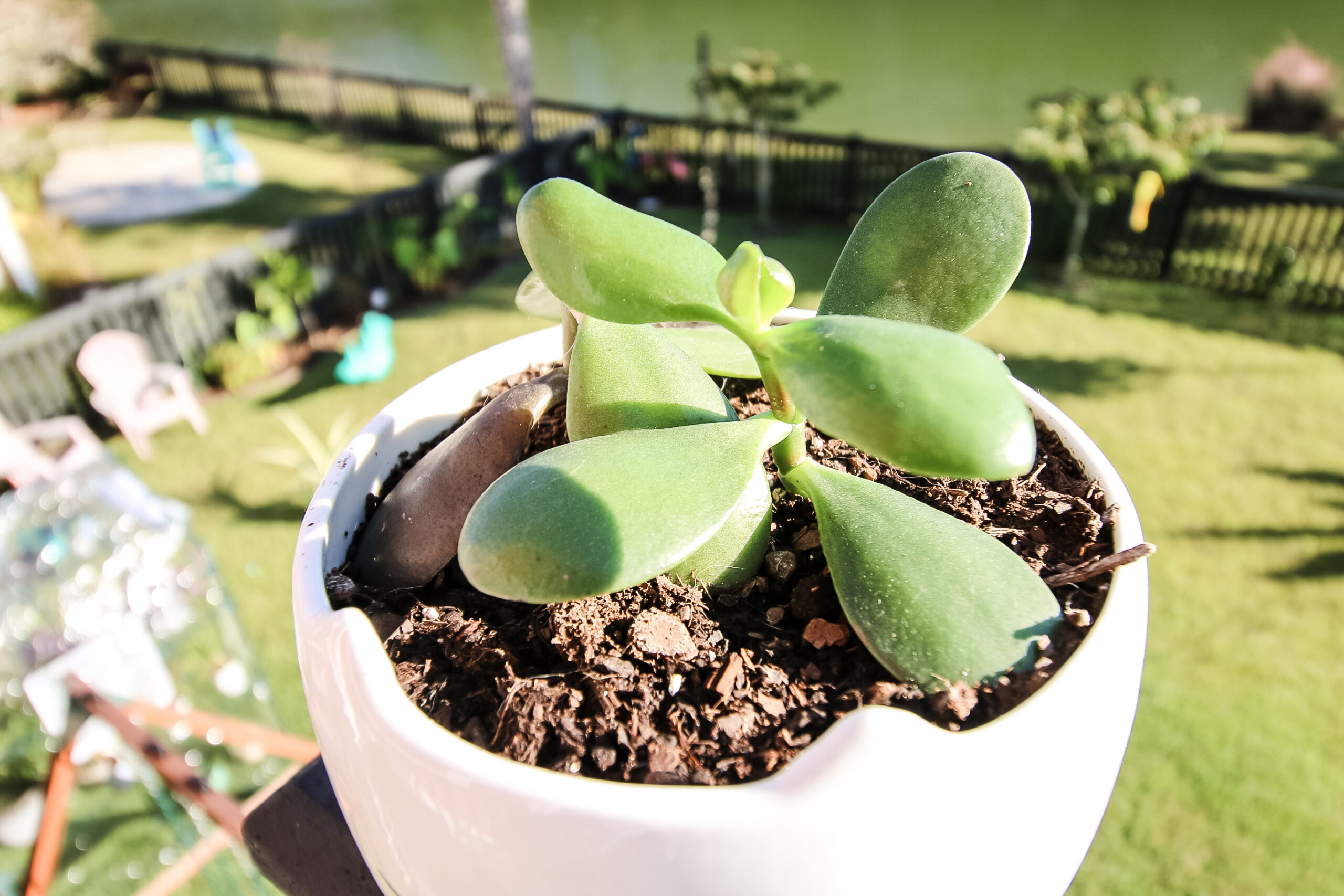
8. Repotting Rituals
Jade plants are slow growers, so they don’t need frequent repotting—usually just once every 2-3 years.
When it’s time, you can choose a new pot that’s just a bit larger than the current one and make sure it has proper drainage.
Repotting is a great chance to give your plant fresh soil and inspect the roots for any issues. Aim to repot in the spring or early summer to match the plant’s growth spurt.
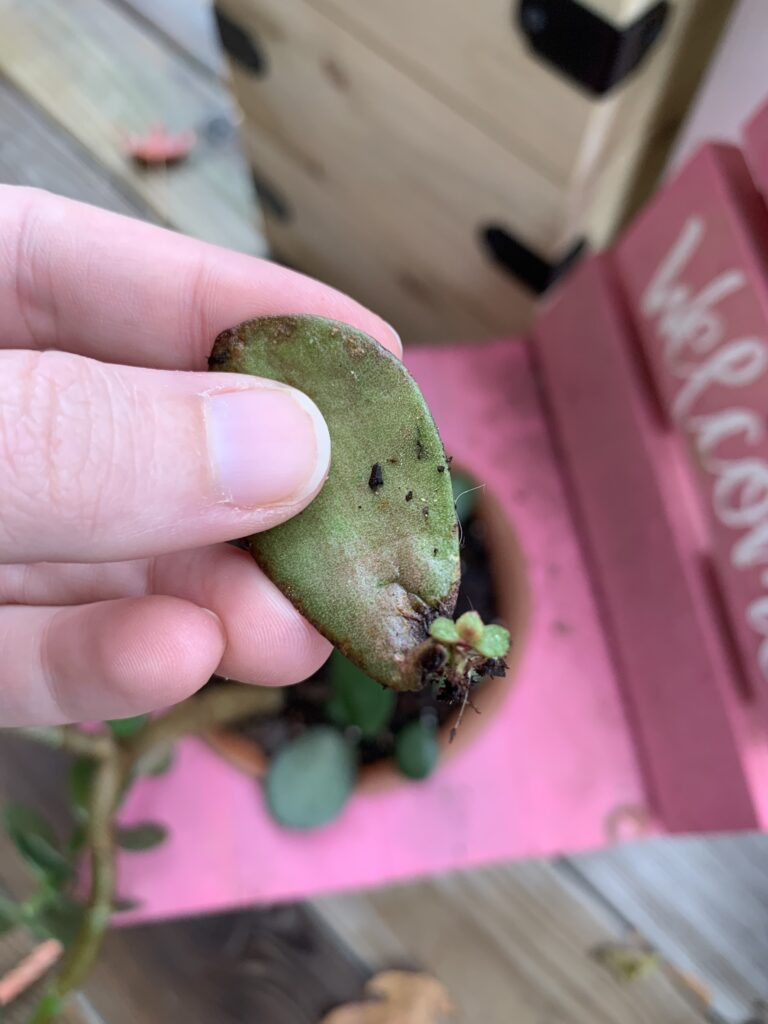
9. Mastering Propagation
Starting new jade plants from leaf cuttings or stem segments is a fun and easy project.
After cutting, let the surface dry and callous over for a few days, then plant them in a well-draining soil mix. Keep the soil lightly moist (not wet!), and set them in a warm, bright spot.
Be patient—rooting takes time, but it’s so rewarding to see new growth begin.
Download Our Free Plant Care Tracker!
To keep on top of your jade plant care, why not download our free Plant Care Tracker? This handy tool helps you keep track of watering, feeding, and repotting schedules, making jade plant care a breeze.
Click here to download now and embark on your journey to becoming a jade plant care expert!
Thanks for reading!


Hey there, I'm Morgan, a houseplant enthusiast from sunny Charleston, South Carolina. Growing up surrounded by my mom's lush orchids and African violets, I discovered the magic of bringing nature indoors. Thanks to the pandemic, I delved deeper into houseplants, discovering their power to uplift moods and transform spaces. I'm here to spill all my secrets, helping you pick the perfect houseplant - and make it happy. Let's keep your plants alive, together! 😊




